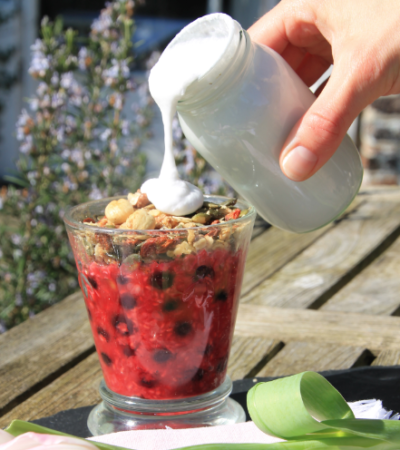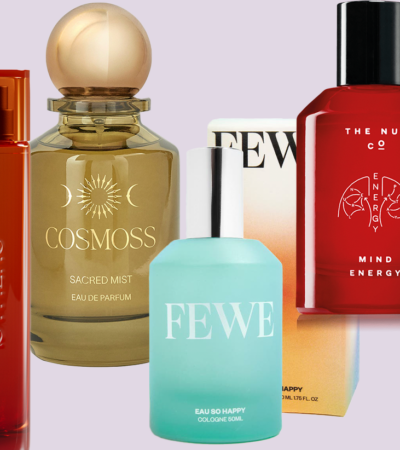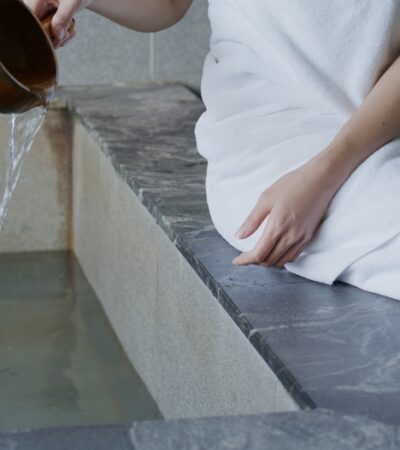Is SPF Good For Us Always?
words by Frankie Rozwadowska
They say that trends come back in fashion, and that’s certainly the case when it comes to tanning. Just as it was back in the 16th century (when women used lead to create a whiter than white complexion), sales of skin whitening creams are rocketing and pale is in. More and more stars are gracing red carpets looking perfectly porcelain, just look at Nicole Kidman, Cate Blanchet, Anne Hathaway and Kristin Stewart – there’s not a hint of bronze or a whiff of fake tan on these leading ladies.
It’s therefore needless to say that more and more of us are doing all we can to avoid the effects of the sun, be it via large hats, cover-ups, or the use of an SPF. We are constantly being barraged with campaigns telling us to protect ourselves from harmful rays, to wear sunscreen and a high SPF and to reapply it often, but recent developments show that SPF isn’t quite what it seems. We all assume that as it offers protection from harmful rays (which cause sunburn, premature aging, and skin cancer) it must be good for us, and so we proudly slather it on thickly and frequently. When in fact – it could be doing just as much harm as the sun itself. It’s time to reveal the secret side of SPF…
UVB Rays
To most of us, an SPF is a number we rely on to tell us how long we can stay in the sun before we start to burn and cause damage, and how high a level of protection we are receiving from our sun-cream or skincare product. What it doesn’t tell you, however, is that this number only refers to UVB rays – not UVA. Although UVB’s are arguably more harmful and are the biggest cause of malignant melanoma skin cancer – the o-zone layer absorbs most of them before they reach us, which means that 90-99% of what hits us are UVA. So next time you reach for that tropical smelling bottle, make sure it’s a broad spectrum SPF which will keep UVB and UVA rays at bay.
Higher SPF is not necessarily better
There’s also the issue of high factor SPF’s. We’re talking 50+, like Neutrogena who have gone so far as to claim that theirs are SPF 100. This instantly makes you think you are receiving almost 100% sun protection, right? Wrong. And this is the deadly mistake that many of us are making. High factor sunscreens give a false sense of security, resulting in less reapplying, more time in the sun, and more burning and harmful damage. The US Food and Drug Administration have even proposed a ban of labels higher than SPF50+, stating that they are “inherently misleading”. There is no such thing as a 100% protective SPF, nor is it the case that an SPF 30 is twice as effective as an SPF 15. In fact, an SPF 15 blocks 94% of UVB rays, whilst an SPF 30 blocks 97%. So next time you look at the number, really look at what it means.
Check the ingredients
SPF confusion aside, there’s also controversy surrounding the ingredients. Yes, sun-creams often bring back nostalgic memories of holidays with their tropical, summery scents, and they leave skin feeling soft and smooth – but there are hidden dangers lurking beneath the beach beautiful bottles. In fact, it’s been reported that over half of retail ready sunscreen products may actually increase the speed at which malignant cells develop and spread skin cancer. Scary. This is predominantly due to the inclusion of Vitamin A, or its derivatives, which are used in skincare as an antioxidant to slow down ageing. Again, sounds great, right? Not so much. When exposed to the sun, Vitamin A can contribute to the cause of cancerous tumours due to its photocarcinogenic properties. The Environmental Working Group conducted laboratory tests that resulted in tumors and lesions developing 21% faster after the use of Vitamin A laced sunscreens vs. vitamin free creams. So look out for Retinyl Palmitate (a derivative of Vitamin A) or the vitamin itself when selecting your sun-care.
Chemicals
Also check the back of the bottle for Oxybenzone – an active chemical ingredient used to absorb ultraviolet light. It’s easily absorbed into the skin, which means it penetrates into the dermis – a problem if the research showing that it can promote cancer in cells by disrupting hormones is true. Labelled another toxic ingredient in sunscreens, the EWG advises you to add this to your list of things to avoid. Dr. Lamees Hamdan, founder of luxury, natural skincare brand Shiffa Dubai, argues for avoiding chemicals in our cosmetics, especially now we are subject to them in all aspects of our lifestyle. “In a world where most things are packaged and chemical, why shouldn’t our skincare be natural? The skin absorbs what is put on it.” She also believes that avoiding chemical ingredients allows our bodies to function better, stating that natural ingredients “get absorbed better and therefore work better to give more effective results. More importantly, they’re excreted easier by your body so there’s no heavy build up internally and no over loading your liver and kidneys”.
Diet can help
You should also indulge in natural ingredients from your diet. Red foods rich in lycopene, e.g. tomatoes, grapefruit and watermelon, can help reduce sunburn by up to 33% as they absorb free radicals and prevent DNA damage – so eating red can stop you turning red! Other sun-fighting foods are citrus fruits, foods rich in Omega 3 Fatty Acids (oily fish, walnuts, flaxseed), green tea, leafy greens and dark chocolate (great news). Eating your sun protection? What a bright idea.
Of course the sun isn’t all bad. Our bodies do not produce their own Vitamin D, but it is vital in keeping us happy and healthy. It releases endorphins, helps maintain a healthy immune system, keeps bones strong, can lower blood pressure, protects against heart disease and improves muscular function. So the sun can be your friend and not your enemy – just make sure you’re SPF savvy… and wear a hat.














